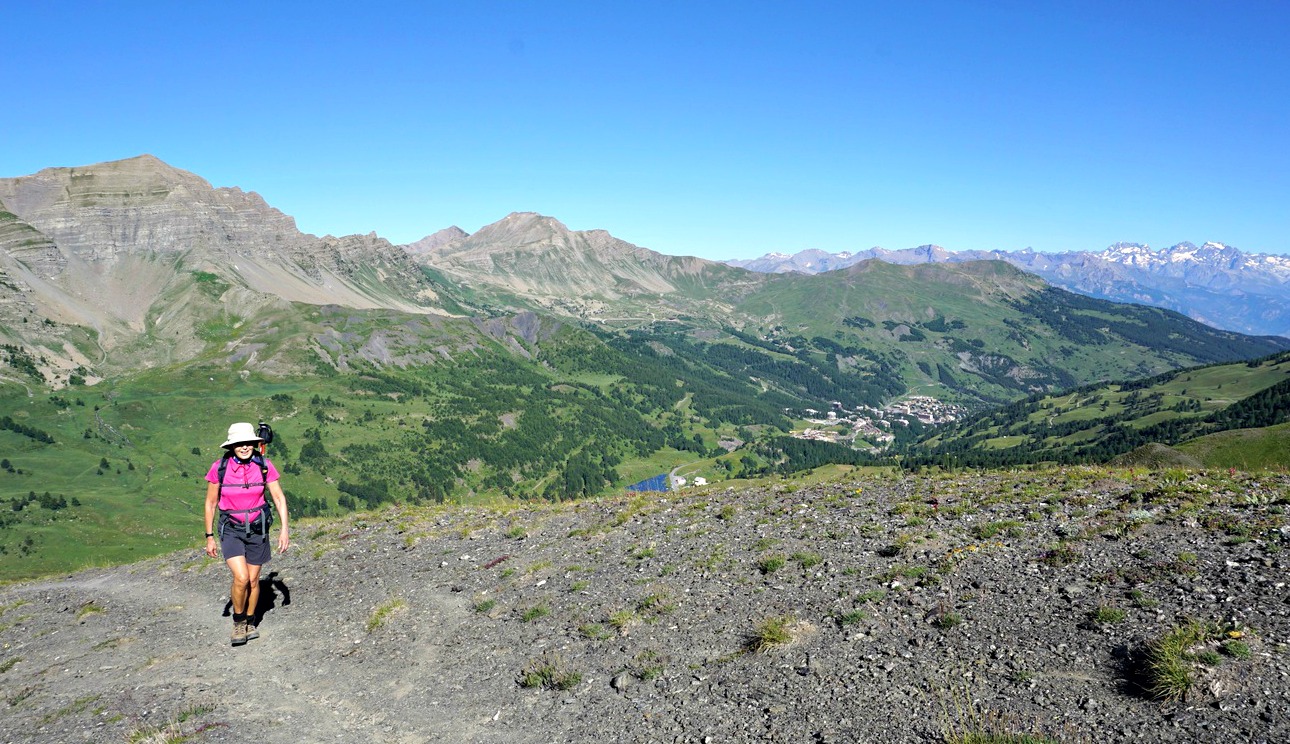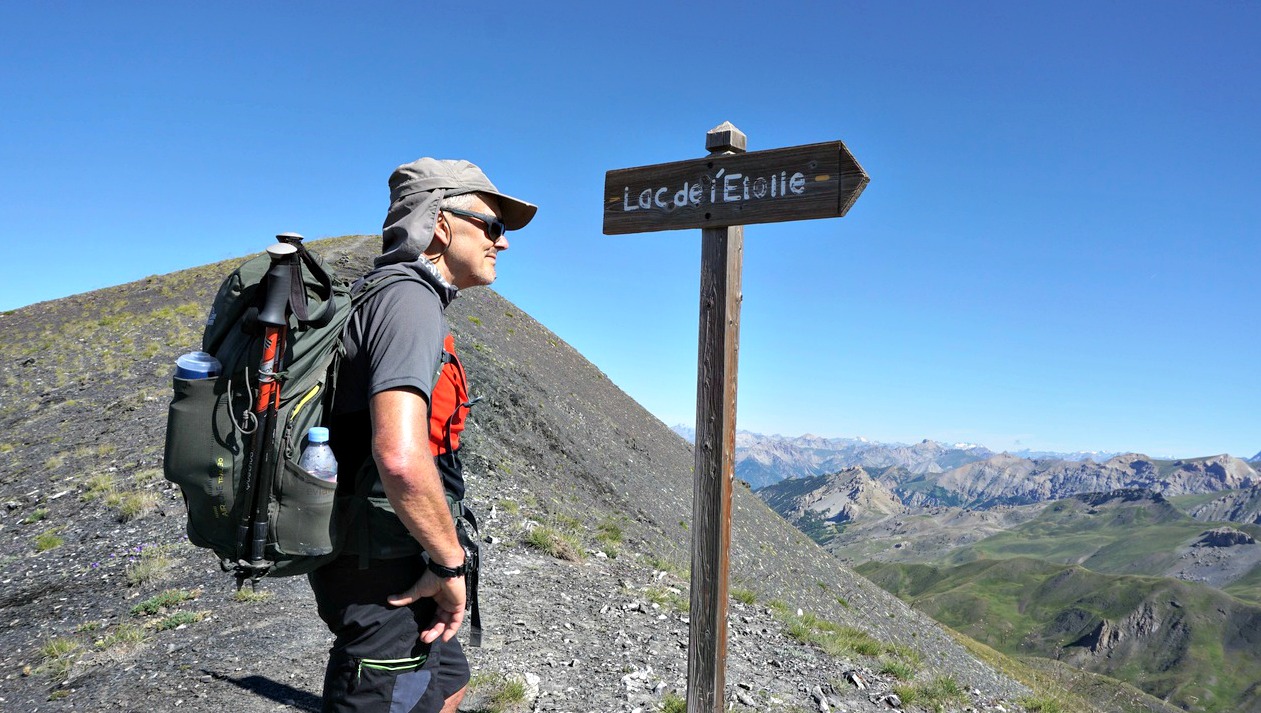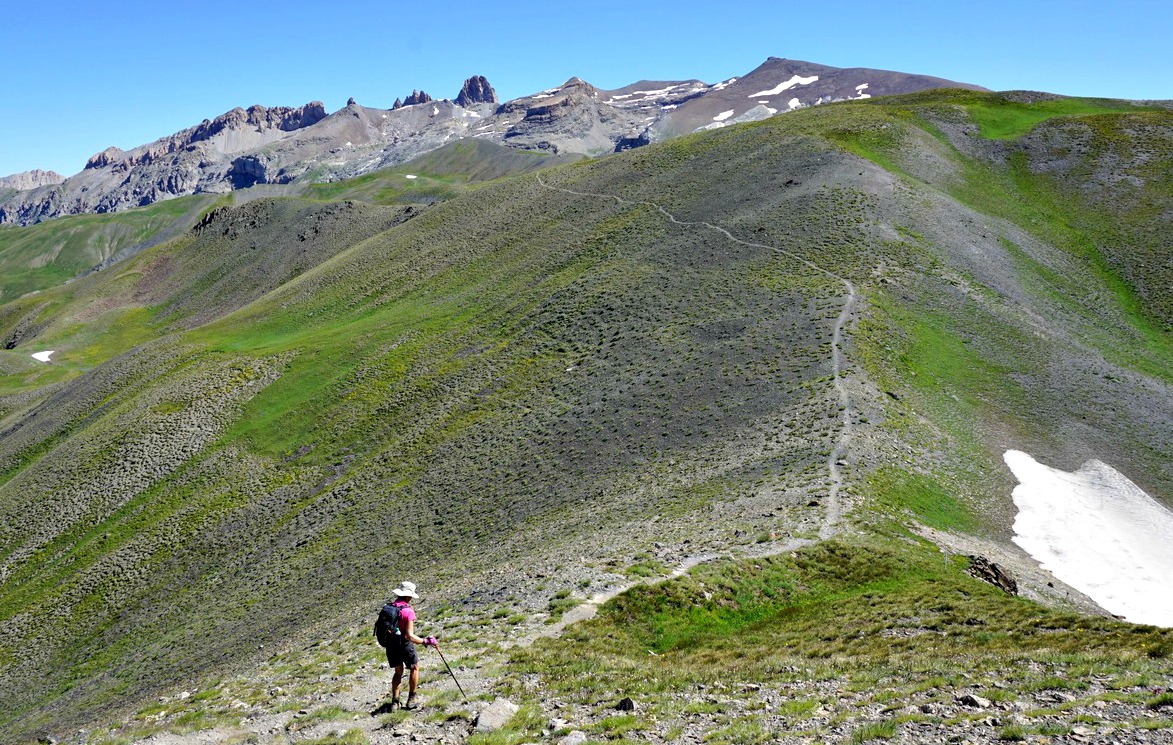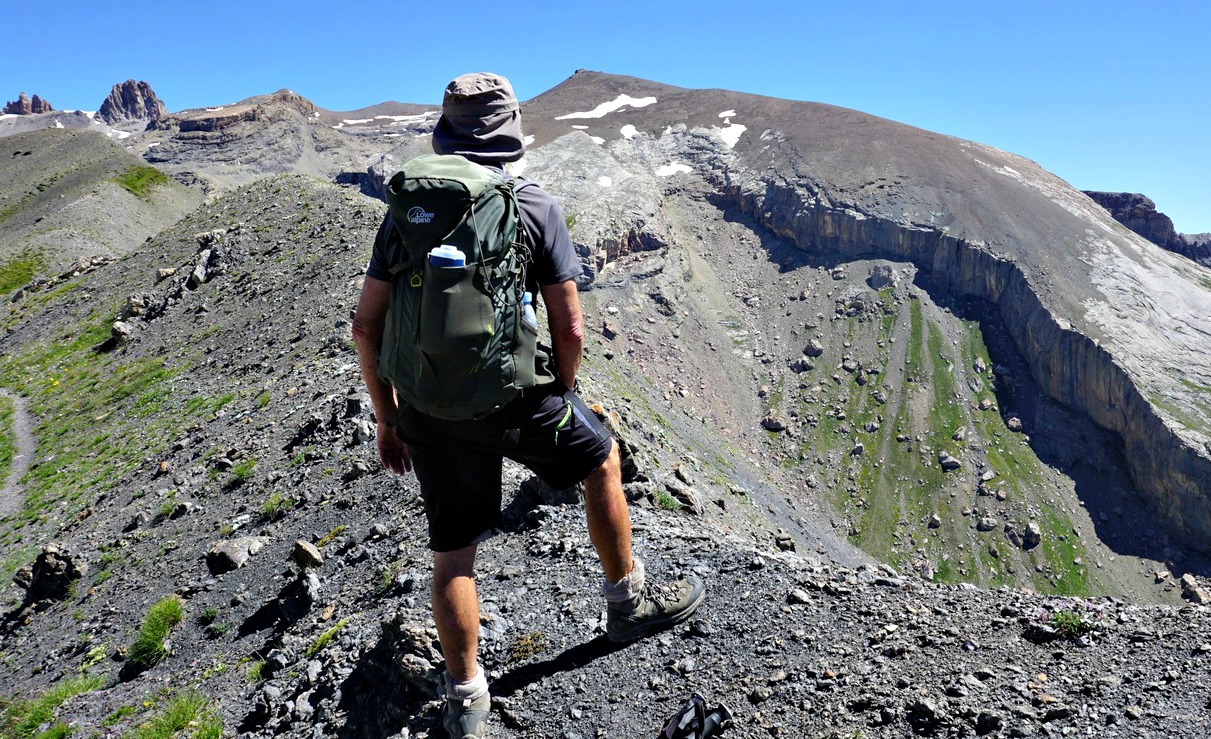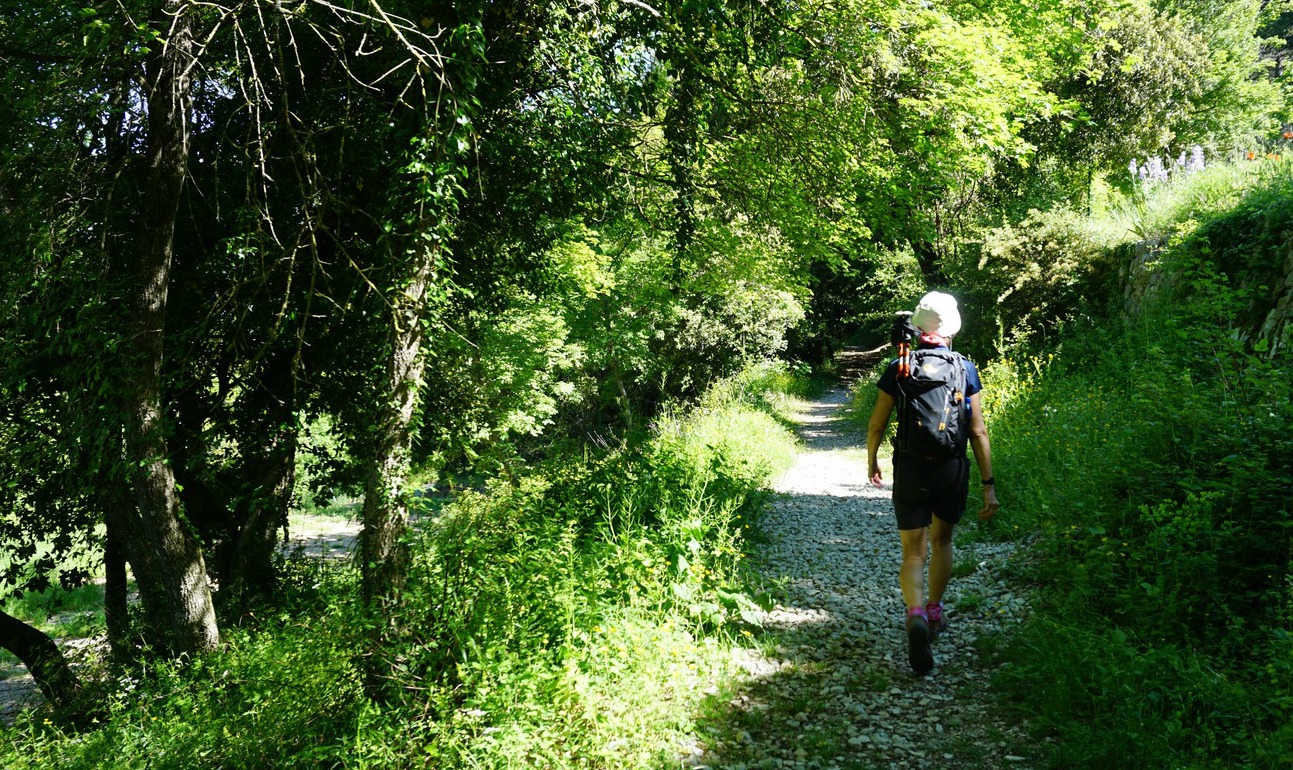Black rice risotto with shrimp
Black rice has the most anti-oxidants of all the rice types. No wonder that in the Ancient China it was reserved to the Emperor and his extended family. Nowadays in Nice we can buy Italian black rice from supermarkets and Asian black rice from organic food shops.
The following Black rice risotto recipe is inspired by a newsclip on the French morning TV TeleMatin. I didn’t follow the French chef’s recipe; I simply prepared my black rice risotto like a classic risotto from carnaroli or arborio rice, see Risotto with scallops. But there are two differences: the cooking time for black rice is longer about 45 minutes, unless it is parboiled which has about 20 min. cooking time. You won’t achieve the creaminess of the classic risotto because black rice is a whole grain. So, there is no point stirring it continuously while cooking, just occasionally.
Serve the black rice risotto with cooked and peeled shrimp, wilted spinach and roasted cherry tomatoes.
2 servings
120 ml black rice
Olive oil
1 shallot, chopped
1 clove garlic, minced
150 ml white wine
About 900 ml chicken stock (you may not use it all)
A handful of grated parmesan
Freshly ground black pepper
About 200 g cooked and peeled shrimp
Fresh basil leaves, chopped
2 handfuls of baby spinach
About 10 cherry tomatoes
In a large heavy casserole, warm 2 tbsp. olive oil over medium-low heat and gently sauté the shallot and garlic for about 5 minutes. Add the rice and stir until well coated by oil. Raise the heat to medium- high and pour in the wine. Stir occasionally.
When the wine has evaporated, add about 200 ml stock. Stir occasionally and add more stock in batches after the previous one has evaporated. There should always be some liquid in the casserole. The rice should be done after 45 minutes. When the rice is cooked to your preference remove the casserole from heat and stir in the parmesan.
While the rice is cooking, prepare the vegetables and quickly reheat the shrimp in olive oil.
Wash and dry the cherry tomatoes. Place in a small oven-proof dish and coat with a little olive oil. Roast in the oven 200° C for 10 minutes.
Warm 1 tbsp. olive oil over medium heat in a large casserole and wilt the spinach. This takes only about 3- 5 minutes.
























